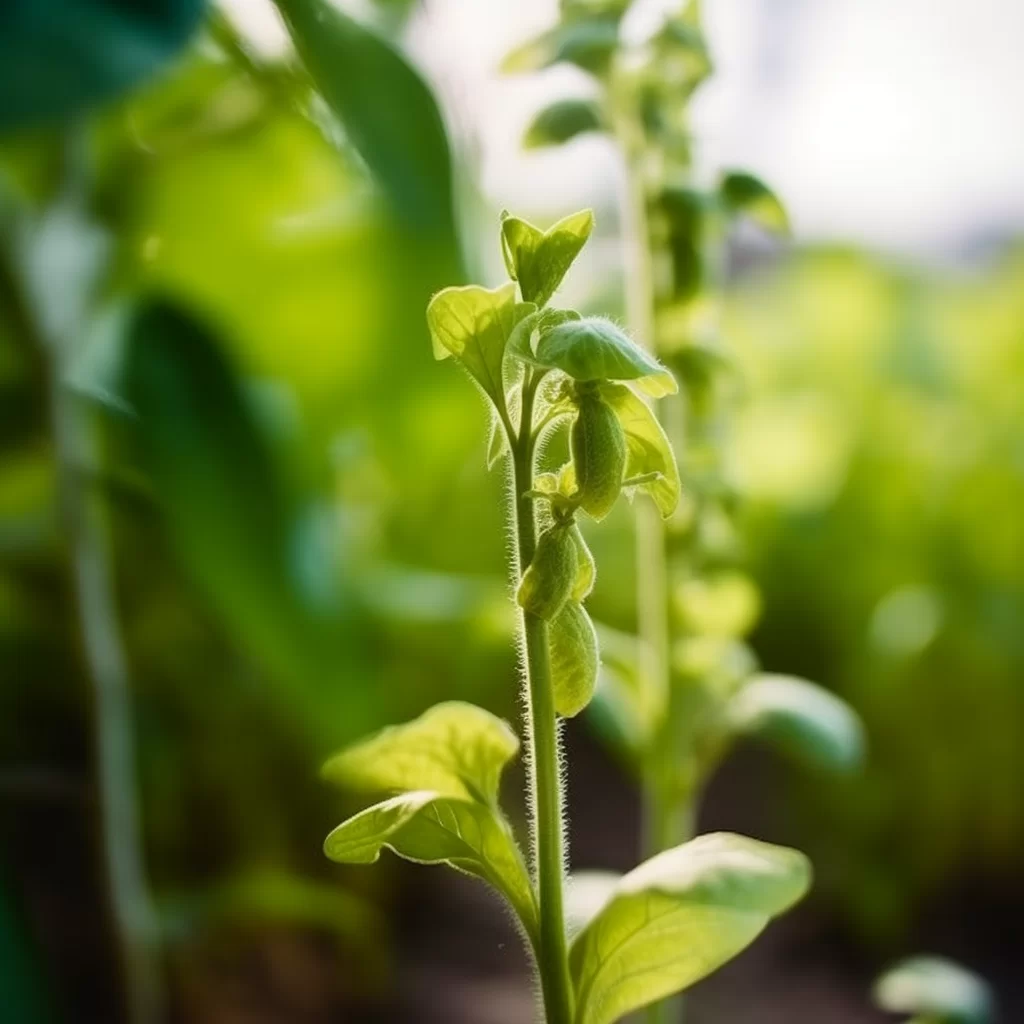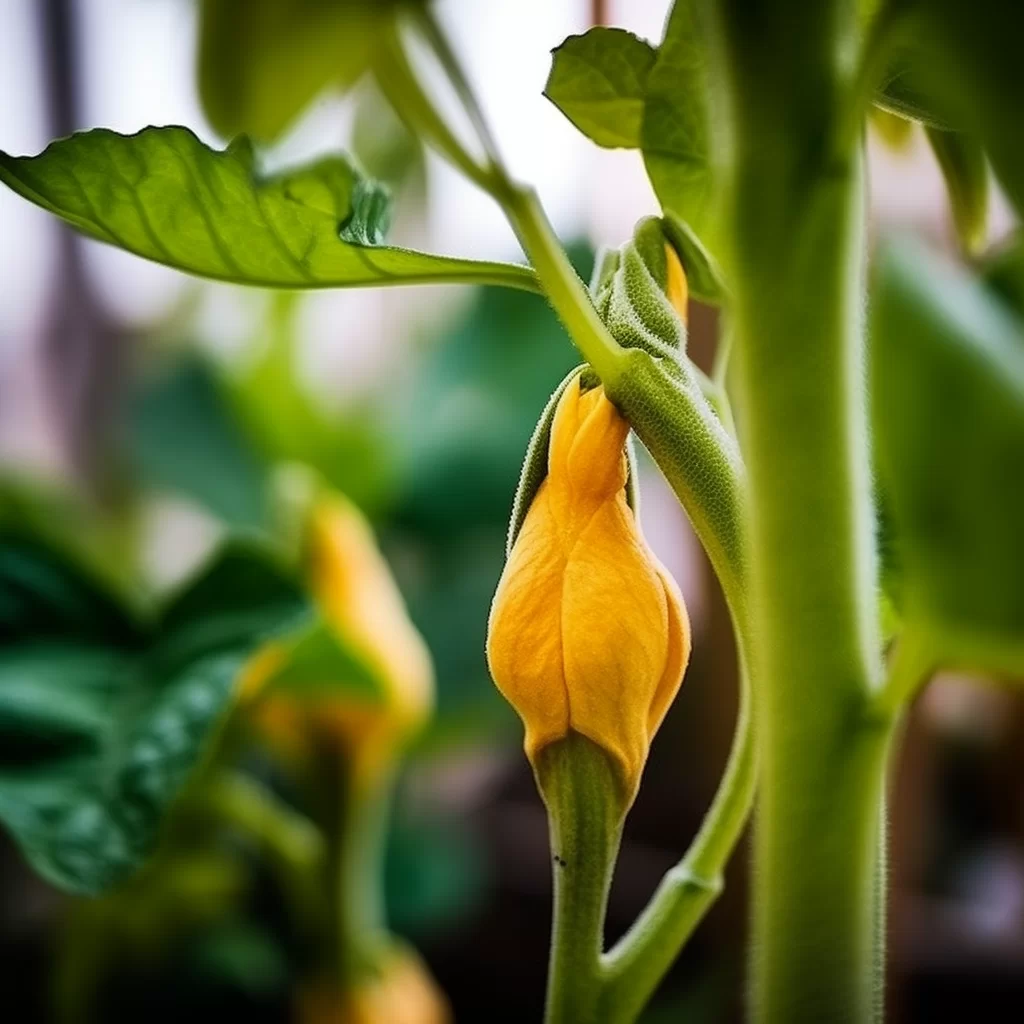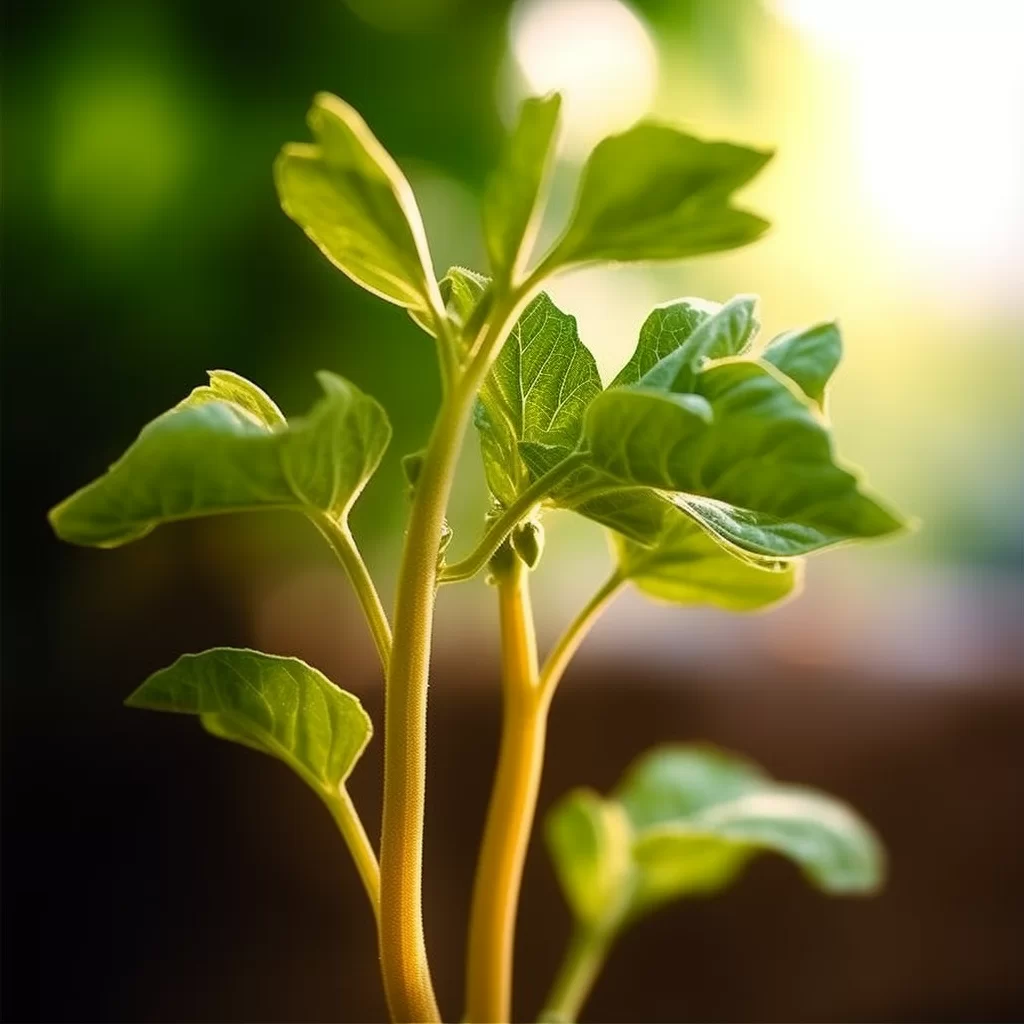Story of Day :
Contents
Butternut Squash Plant: The Complete Guide and Care Tips
Gardening is a great way to connect with nature and experience the joy of growing your own produce.
Nothing beats the satisfaction of harvesting fresh, organic vegetables from your very own garden.
Among the many vegetables that can be grown in a home garden, butternut squash stands out as one of the most rewarding choices.
This versatile vegetable is easy to grow and produces an abundant yield even for beginners.
The bright orange color of the butternut squash adds a pop of vibrancy to any garden, making it a favorite amongst gardening enthusiasts.If you’re new to gardening and looking for an easy-to-grow vegetable that will give you tasty rewards, then look no further than butternut squash.
Not only does this vegetable taste great, but it’s also packed with nutrients like Vitamin A and potassium.
With our comprehensive guide on how to grow butternut squash plants, you’ll have all the information you need at your fingertips.
From choosing the right soil type to preparing seedlings and caring for mature plants – we’ve got you covered! So why not give it a try? Growing your own butternut squash is sure to be a fun adventure that will leave you with healthy veggies in no time!
What is Butternut Squash?
Butternut squash, also known as Cucurbita moschata, is a delicious and versatile member of the gourd family.
It is closely related to other popular vegetables like pumpkins, cucumbers, and zucchini.
With its smooth tan skin and vibrant orange flesh that has a naturally sweet and nutty flavor with hints of butteriness, it’s no wonder that butternut squash has become a staple in many households worldwide.
 This tasty vegetable can be prepared in various ways such as roasted, mashed or even turned into soup.
This tasty vegetable can be prepared in various ways such as roasted, mashed or even turned into soup.
Its rich flavor makes it an excellent addition to both savory dishes such as stews or casseroles as well as sweet treats like pies or muffins.
Additionally, butternut squash packs a powerful nutritional punch- it’s high in vitamins A and C, potassium and fiber while being low in calories- making it an ideal choice for those looking for healthy meal options without compromising on taste!
How To Grow Butternut Squash Plant?
- Choose the Right Location: Select a location in your garden that receives full sun for at least six hours every day.
- Cultivate Soil: Prepare well-draining soil rich in organic matter like compost or aged manure with pH between 6 -7
- Sowing Seeds:Sow seeds directly into warm soil once all danger of frost has passed or start seeds indoors approximately three weeks before planting outside.
- Plant Spacing:To ensure proper growth give plants ample space in which they can spread out their leaves without overlapping one another.
Space plants around three feet apart from each other on all sides if planting more than one seedling per hill then make sure they are spaced at least two feet apart from each other within each hill.
- Watering:Keep the soil evenly moist but not waterlogged.
Water deeply once a week or more depending upon your climate and soil type.
- Fertilizing:Use a balanced fertilizer at planting time and then again every four weeks throughout the growing season.
- Pest Management:The most common pests on butternut squash plants are squash bugs and cucumber beetles.To control these pests, use insecticides like neem oil or pyrethrin-based sprays that are labeled for use on vegetables.
- Caring:Remove any weeds that may compete with your butternut squash plants for nutrients, also remove any dead leaves to prevent disease from spreading.

Harvesting Butternut Squash Plant
When it comes to harvesting Butternut squash, timing is everything.
The perfect time to pick this delicious vegetable is when it has reached maturity, which can be easily determined by keeping an eye on its skin color.
As the squash ripens, its skin turns from green to a beautiful tan color, indicating that it’s ready for harvest.
Another good indicator of maturity is the stem of the plant – once it turns brown and dries out, this means that the plant has stopped producing fruits and it’s time to start picking.The ideal harvesting window for Butternut squash typically falls between 80-100 days after planting.
However, keep in mind that weather conditions and other factors can affect growth rates and alter harvest times.
So if you’re not sure whether your Butternut squash is ready or not, just give them a gentle tap – if they sound hollow, then congratulations! You’ve got yourself some perfectly ripe squashes waiting to be picked!
When it’s time to harvest Butternut squash, it’s important to do so properly in order to ensure that they’re ready for use when you need them.
You’ll want to use pruning shears or a sharp knife to carefully cut each squash off the vine, leaving about an inch of stem attached.
If you’re not sure whether your squash is ready yet, look for signs like a fully developed skin that has turned tan or beige in color and feels slightly tough when pressed.
Once your Butternut squashes have been harvested, they should be stored in a cool dry place until you’re ready to cook with them. Storing Butternut squashes correctly is key if you want them to last as long as possible.
Storing Butternut squashes correctly is key if you want them to last as long as possible.
After harvesting your squashes and cutting them off the vine with at least an inch of stem attached, store them somewhere cool and dry where they won’t be exposed to moisture or direct sunlight.
This could be a pantry shelf or even just a corner of your kitchen counter away from any windows or sources of heat.
By storing your Butternut squashes properly, you can ensure that they’ll stay fresh and delicious for weeks or even months until you’re ready to roast, puree, or sauté them into something tasty!
In Conclusion
Growing your own vegetables can be fun and rewarding if done correctly.
In this article we have covered all you need to know about how to grow Butternut Squash Plant so now It’s Time To Roll Up Your Sleeves And Get Started!
We hope our guide has been helpful in providing you with valuable insights into growing one of nature’s most delicious vegetables – The Butternut Squash Plant! Happy Gardening!